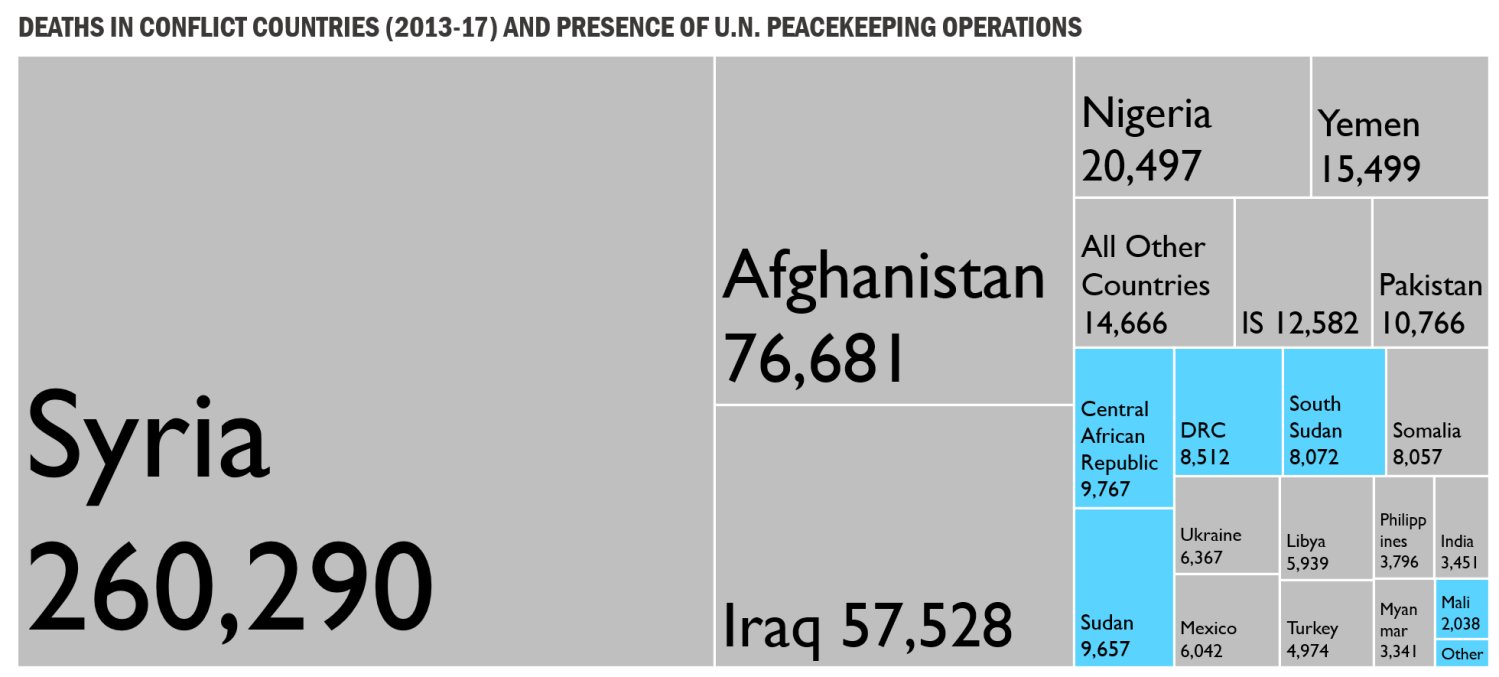Check out this selection of charts, graphs, and maps from Brookings experts’ research.
Where are black women running for and winning public office?
In his new research on the electoral success of black female candidates across the country, Andre Perry analyzes how demographics, party identification, and other factors could affect where and when women are elected to public office. Noting the difference between black women’s share of the voting population and the slate of office-seekers, Perry writes that “black women make up two percent of candidates for legislative and executive offices in the database. In contrast, black men make up five percent of candidates; white women 19 percent; and white men 65 percent.”
How does Trump’s new cap on refugees compare to previous policies?
Earlier this week, the Trump administration announced its intention to reduce the number of refugees resettled in the United States next year to just 30,000, a sharp reduction of what it has been in previous decades. Writing on President Trump’s refugee and immigration policies last year, Senior Fellow Elaine Kamarck noted that the overall number of refugees admitted into the U.S. has already been on the decline, and debunked the notion that admitting asylum seekers puts Americans at risk of being victims of terror attacks.
You can also listen to Foreign Policy Fellow Jessica Brandt explain the consequences of this policy change in a recent episode of the 5 on 45 podcast.
Where are United Nations peacekeepers deployed?
The chart below, featured in a new report on the world’s peace and security landscape by Bruce Jones, Charles Call, Daniel Toubolets, and Jason Fritz, illustrates where United Nations peacekeepers are deployed (in blue) and where the most deaths from conflict around the world occurred from 2013 to 2017. “Current U.N. peacekeeping operations are not addressing the world’s most pressing wars,” the authors write. “Instead, they are deployed in countries that suffered only 7 percent of total global conflict deaths over the past five years.”




Commentary
Charts of the week: Black women’s electoral strength, a new cap on refugees, and the global security landscape
September 21, 2018